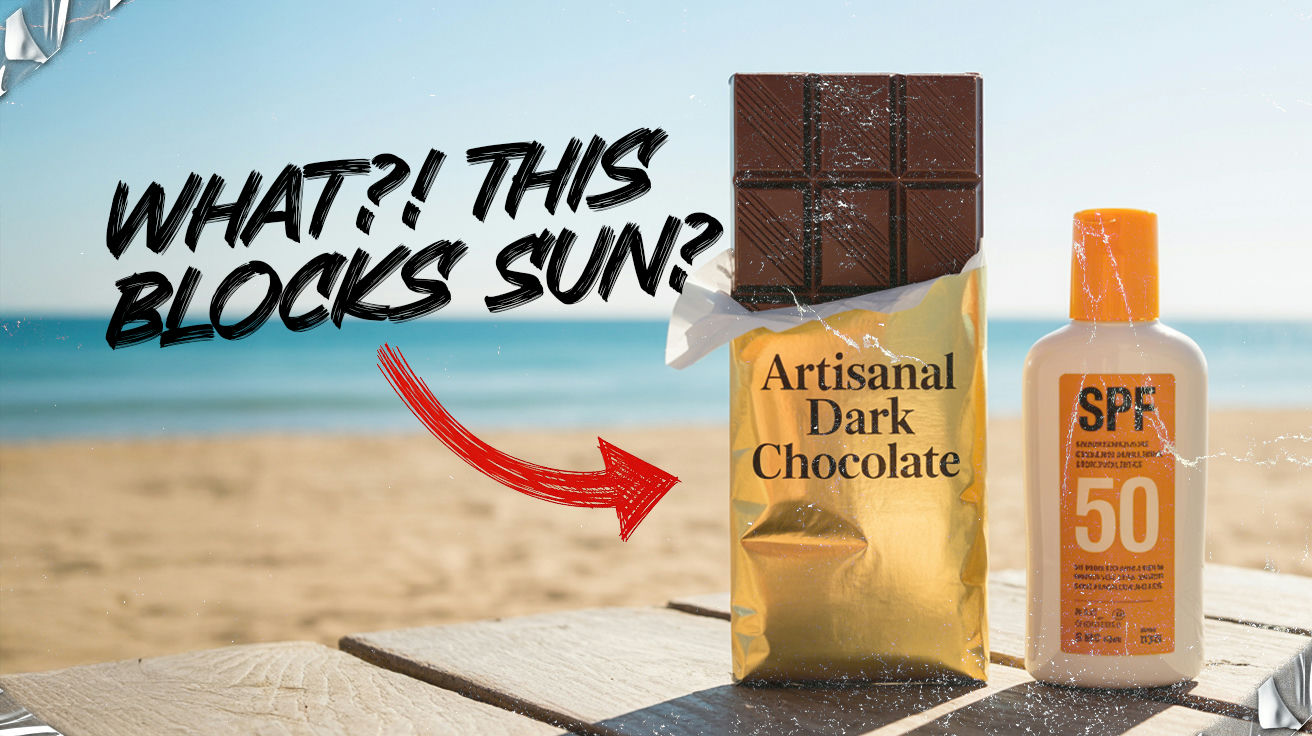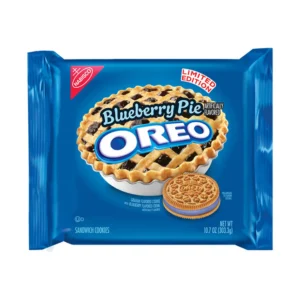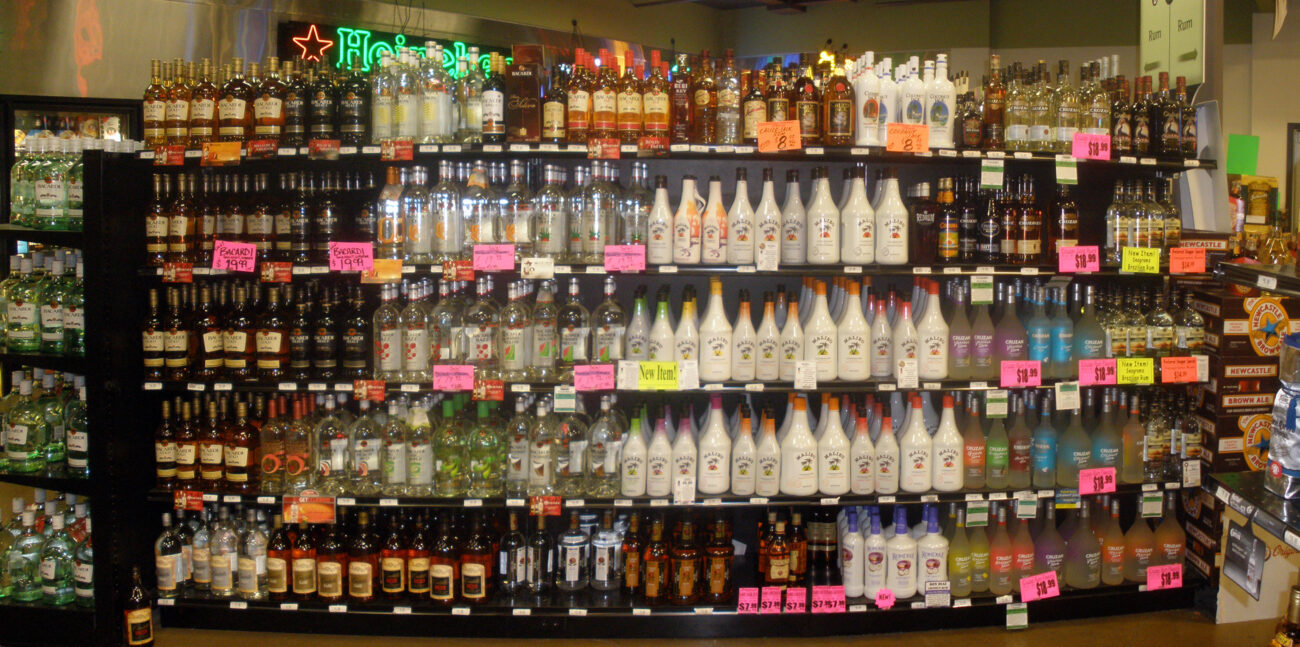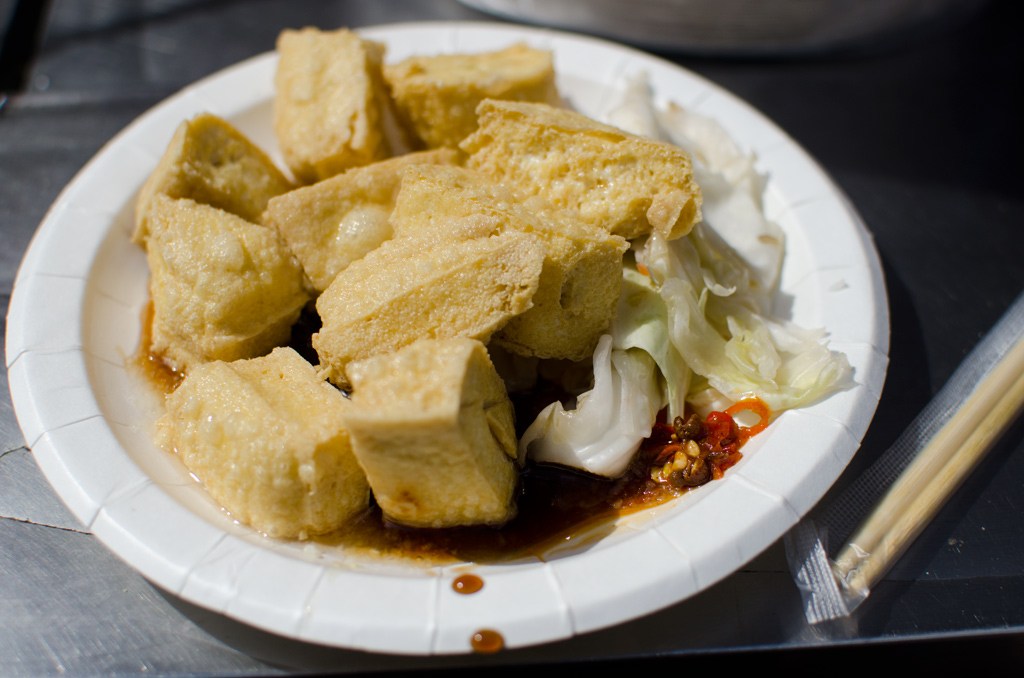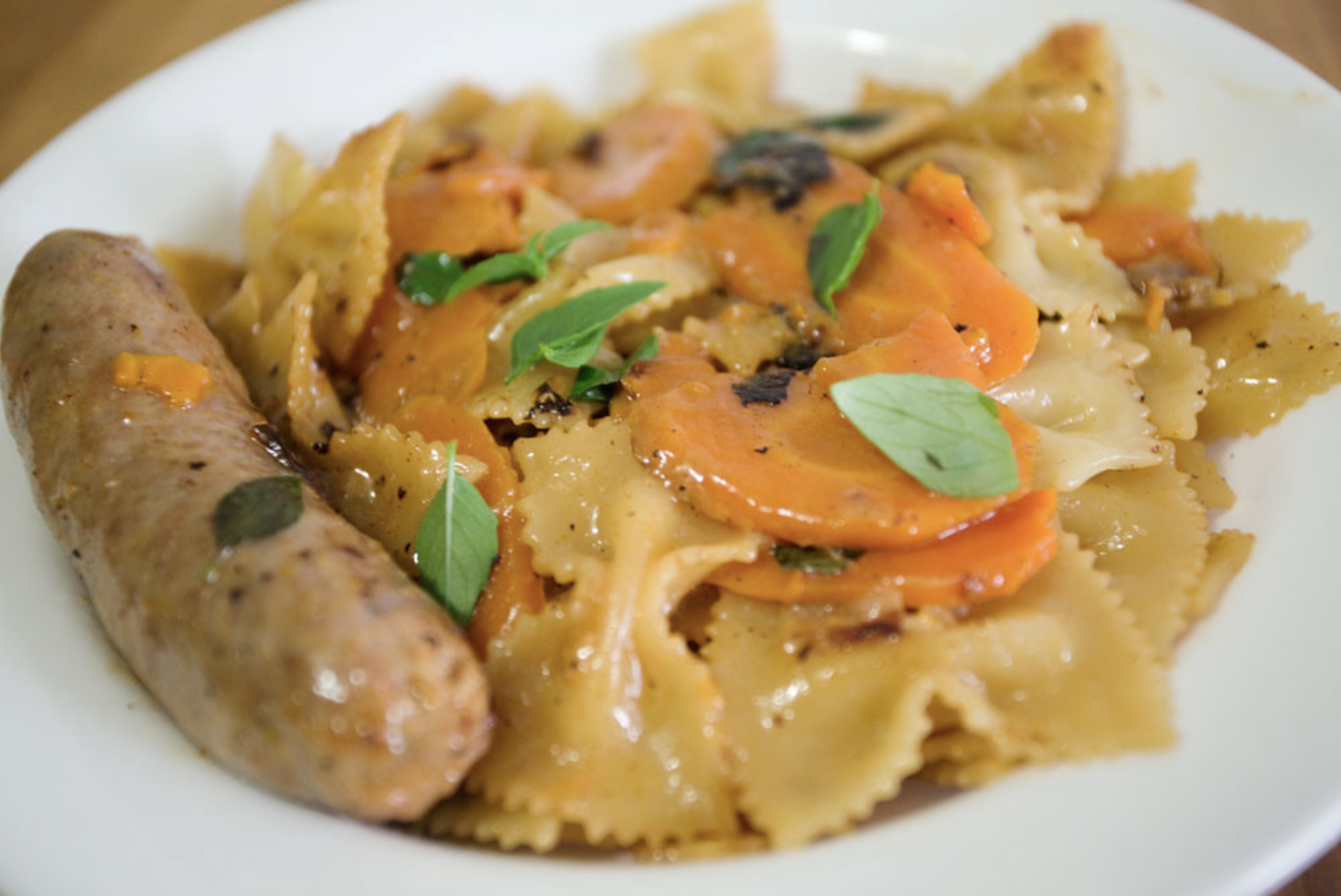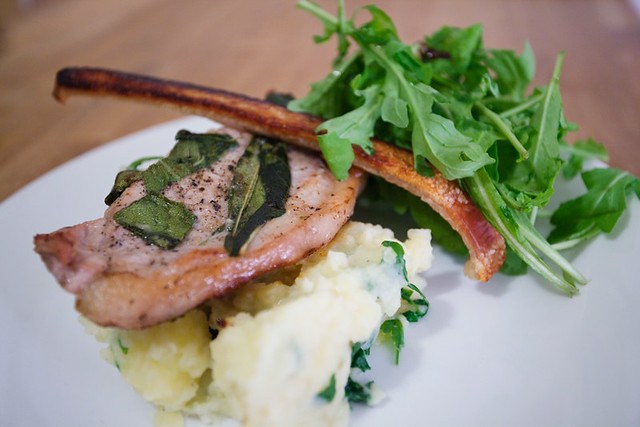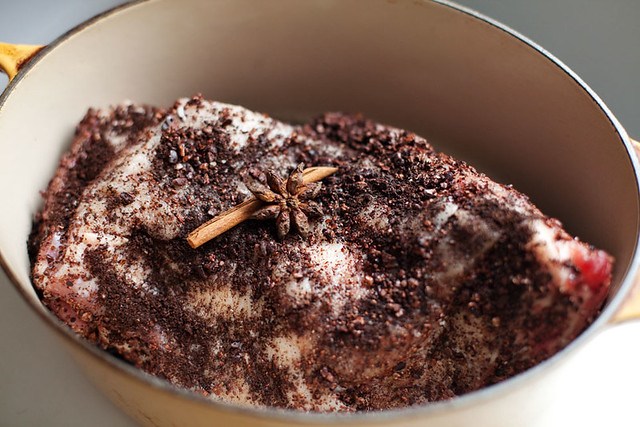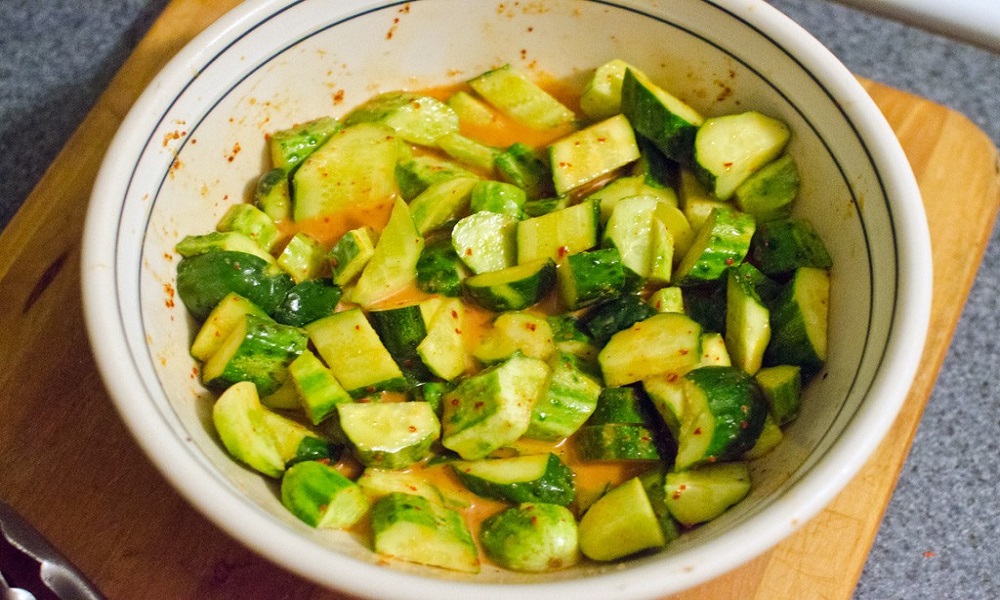Your kitchen holds secrets that sunscreen companies don’t want you to know. While you’re slathering on creams and hiding under hats, certain foods are building an internal defense system against UV damage. What lands on your plate matters as much as what goes on your skin. These foods work from within, guarding cells and preserving that glow you’re chasing. Some taste like treats, others like virtue—but all deliver armor that starts deep and radiates outward.
6. Walnuts: The Omega Powerhouses
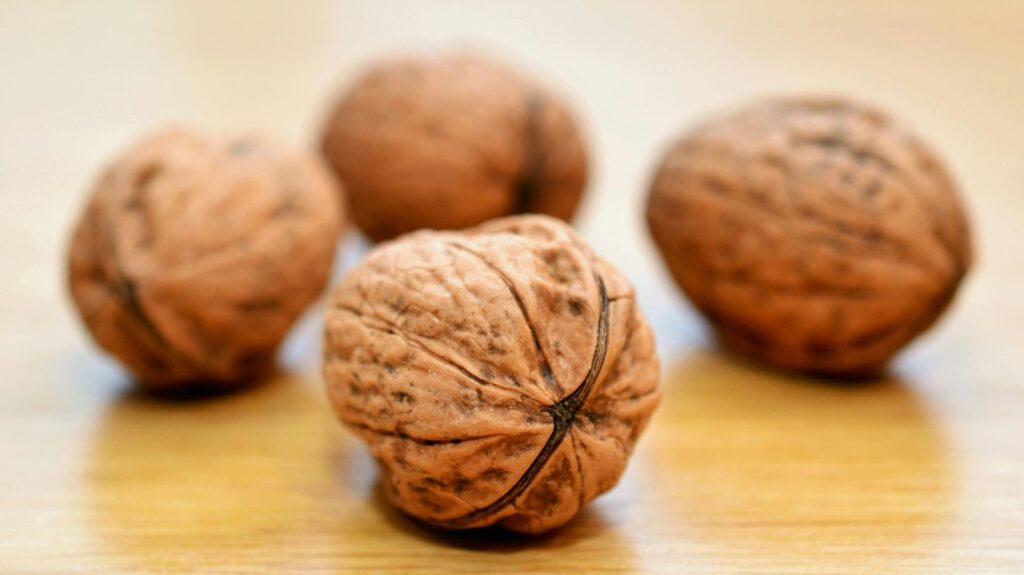
Shaped like tiny brains, walnuts deliver omega-3 fatty acids and vitamin E that combat oxidative stress from sun exposure. These healthy fats fortify cell membranes while vitamin E neutralizes harmful free radicals before they wreak havoc on skin tissue.
Research shows people with higher omega-3 intake experience less UV-induced inflammation. Walnuts transform into EPA inside your body—a potent anti-inflammatory compound that calms irritated skin. Blemishes fade faster than weekend plans when Netflix drops a new series. Just a handful daily strengthens your skin’s natural defenses against photoaging.
5. Leafy Greens: Nature’s Vitamin Factory
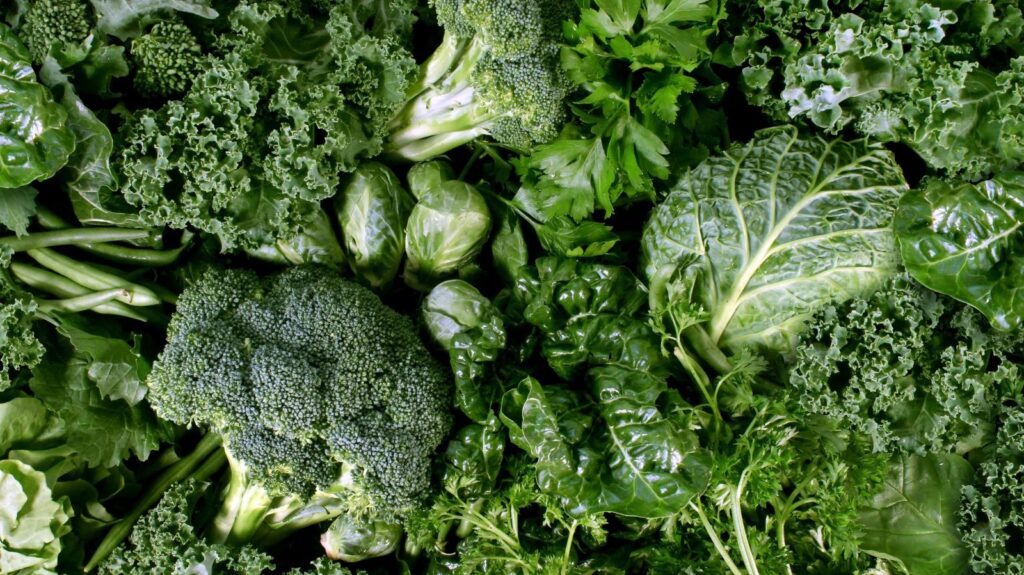
Kale, spinach, and arugula manufacture chlorophyll packed with magnesium that powers over 300 enzymatic reactions. This mineral drives DNA repair mechanisms while lutein and beta-carotene act as internal sunglasses, filtering blue light and reducing cellular damage.
Steam them lightly to unlock more nutrients, or massage raw kale with lemon juice to break down tough fibers. These verdant powerhouses disappear seamlessly into fruit smoothies or transform boring hummus into a nutrient-dense spread. Every forkful reinforces your cellular scaffolding against environmental assault.
4. Dark Chocolate: The Antioxidant Treasure
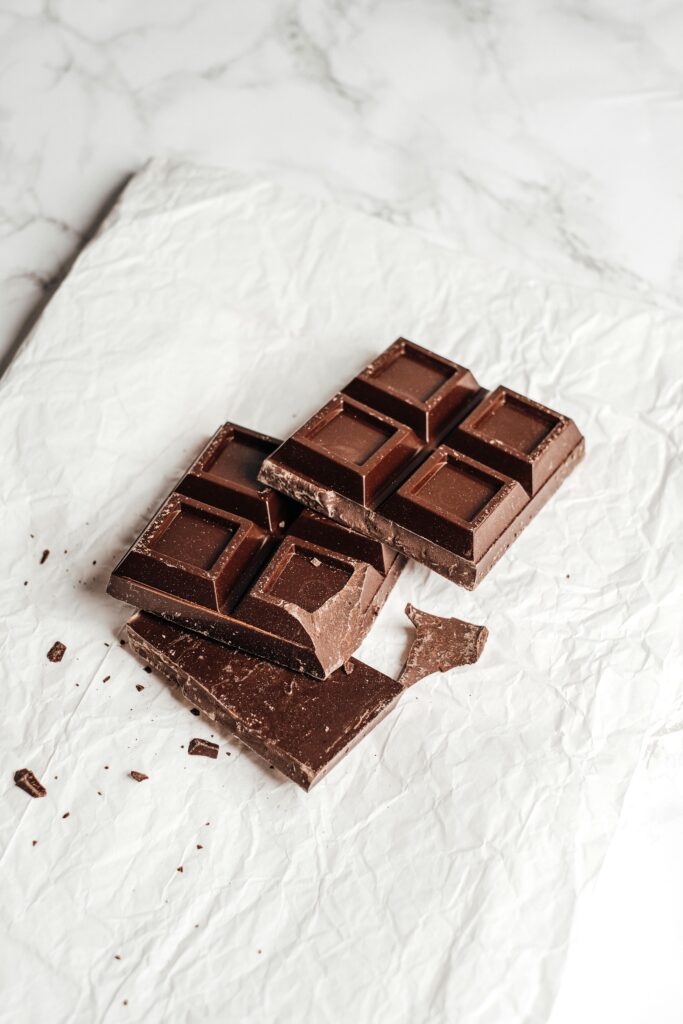
High-quality dark chocolate unleashes flavanols that enhance blood circulation and strengthen skin’s UV resistance. Clinical studies reveal that consuming 70%+ cocoa varieties for twelve weeks can double your skin’s ability to withstand sun exposure before reddening occurs.
Skip milk chocolate entirely—it lacks the beneficial compounds and adds inflammatory sugar. Choose brands third-party tested for heavy metals, or opt for raw cacao powder in smoothies. Savor each square mindfully rather than stress-eating through deadline panic like some caffeinated savage seeking salvation in sugar.
3. Broccoli Sprouts: The Sulforaphane Champions
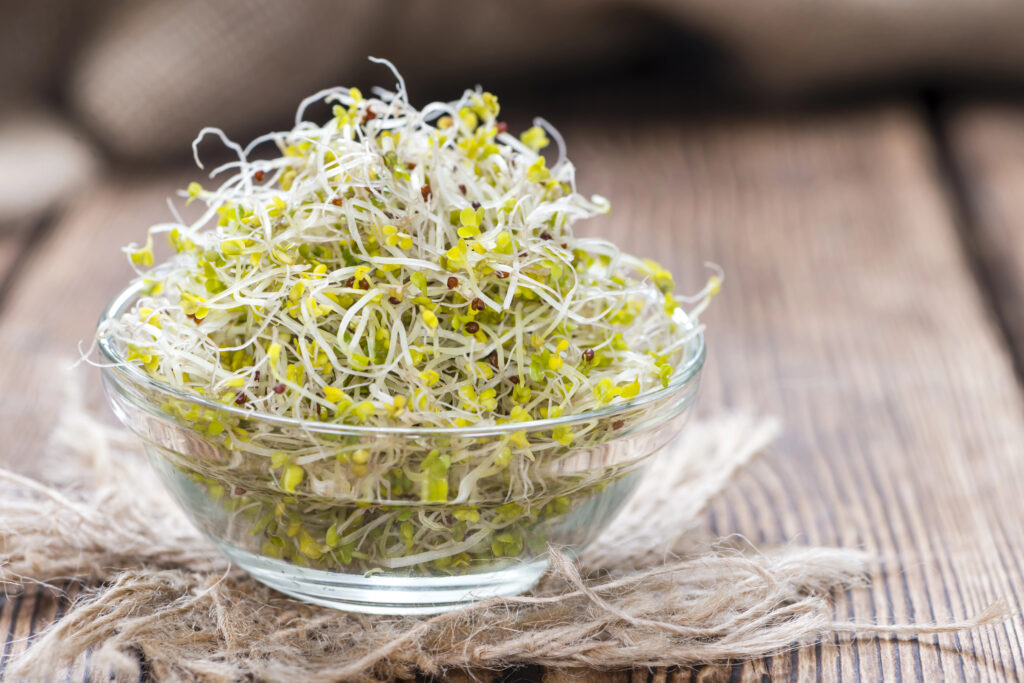
These miniature green dynamos concentrate up to 100 times more sulforaphane than mature broccoli. This compound activates phase II detoxification enzymes that sweep cellular debris and neutralize carcinogens before they damage DNA strands.
Growing your own sprouts takes just five days and costs pennies compared to store-bought versions. Add them to sandwiches for crunch, blend into green juices, or scatter over salads. Unlike supplements that isolate single compounds, whole sprouts deliver synergistic nutrients that amplify each other’s benefits exponentially.
2. Green Tea: The Catechin Catalyst
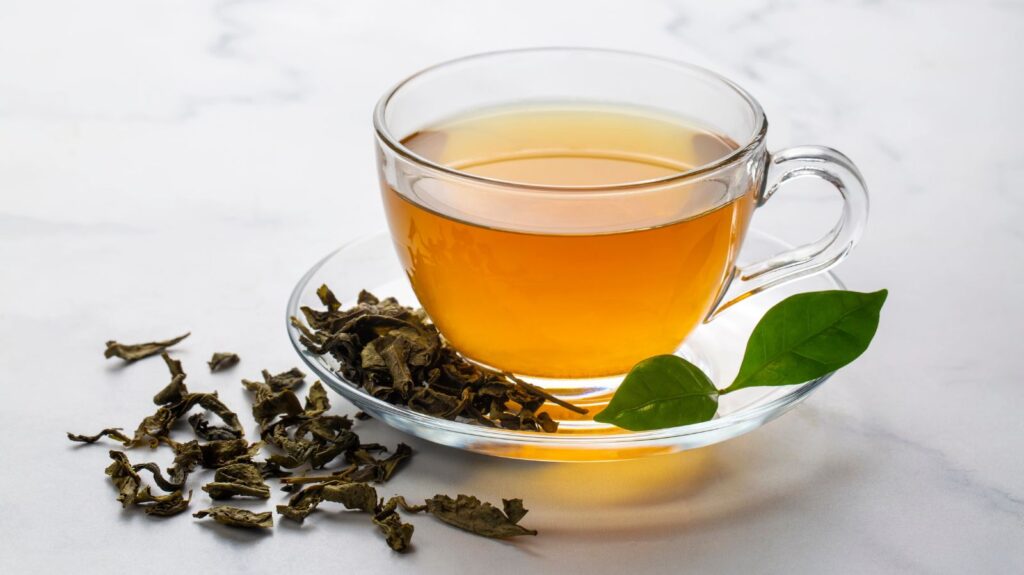
EGCG catechins in green tea penetrate skin cells and activate repair pathways while quenching inflammatory cascades triggered by UV exposure. Japanese populations with high green tea consumption show significantly lower rates of skin aging and sun damage.
Steep loose leaves at 175°F for optimal extraction—boiling water destroys delicate polyphenols. Matcha provides the highest concentration since you consume the entire leaf rather than discarding it. Each sip mobilizes antioxidant armies that patrol your bloodstream, seeking and destroying oxidative threats.
1. The Complete Skin Arsenal
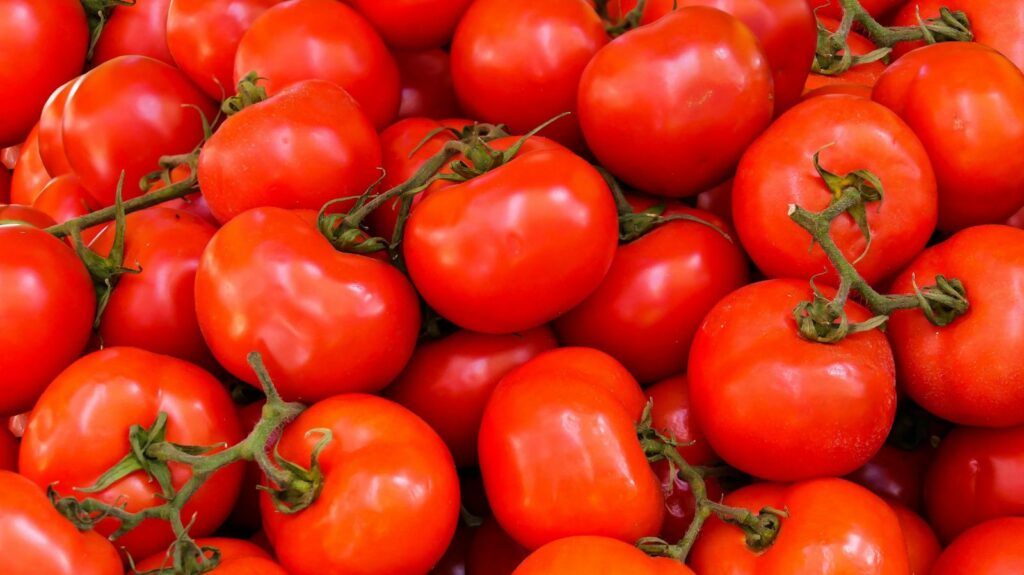
Tomatoes concentrate lycopene that accumulates in skin tissue, while watermelon and red peppers contribute additional carotenoids. Each pigmented vegetable deposits unique compounds that create overlapping layers of photoprotection throughout your body.
Remember: no food replaces broad-spectrum SPF 30 or higher. These edible allies enhance your topical defenses, creating comprehensive shields against photodamage. The most effective skincare regimen might begin not in your bathroom cabinet, but at your dining table—proving beauty truly starts from within.


